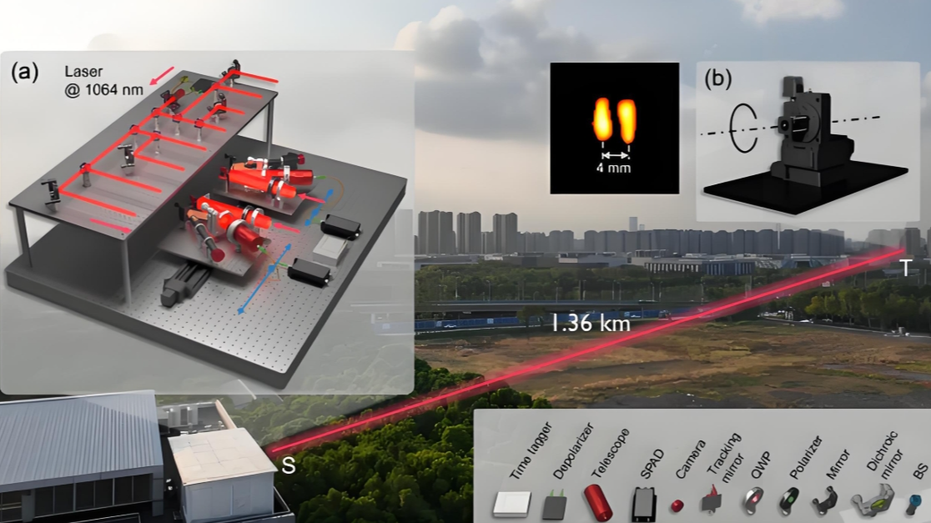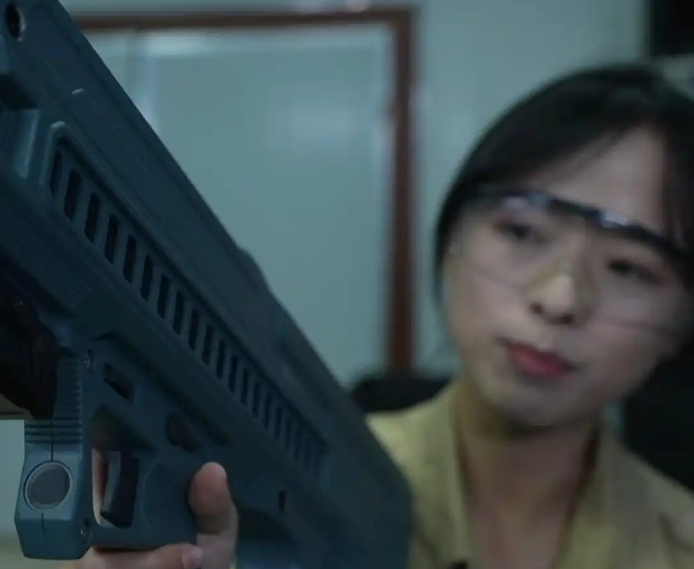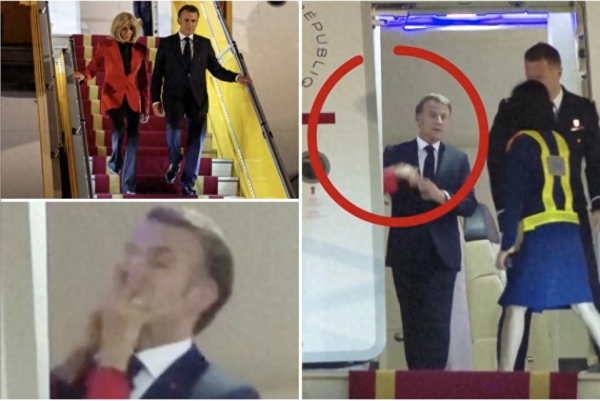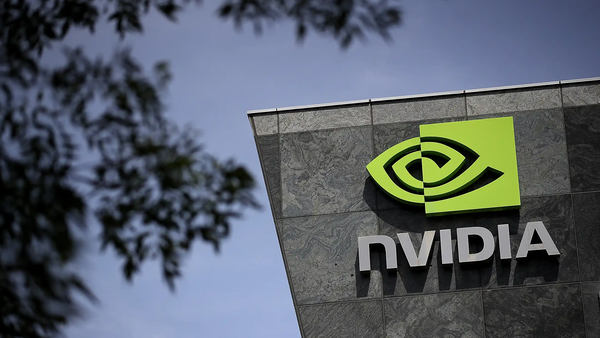
On the 12th, the reporter learned from the University of Science and Technology of China that Pan Jianwei, Zhang Qiang, Xu Feihu and others from the school, in conjunction with the Xi’an Institute of Optics and Precision Mechanics of the Chinese Academy of Sciences and other domestic and foreign research institutions, proposed and experimentally verified the active optical intensity interferometry synthetic aperture technology for the first time, achieving high-resolution imaging of millimeter-level targets 1.36 kilometers away. The imaging resolution of the experimental system is about 14 times higher than that of a single telescope in the interferometer. The relevant results were recently published in the international authoritative academic journal Physical Review Letters.
The resolution of traditional imaging technology is constrained by the diffraction limit of a single aperture. To break through this limit, researchers are committed to developing various synthetic aperture imaging technologies. For example, the Event Horizon Telescope constructs a synthetic aperture on the scale of the Earth. However, due to the phase instability caused by atmospheric turbulence, the amplitude interferometry-based synthetic aperture technology used by the Event Horizon Telescope is difficult to directly apply to the optical band. As early as the 1950s, scientists proposed intensity interferometry imaging technology, which has unique advantages in optical long-baseline synthetic aperture imaging, but the technology is currently still limited to passive imaging applications such as stellar imaging.
In order to achieve high-resolution imaging of long-distance non-self-luminous targets and resist atmospheric turbulence, intensity interferometry combined with active illumination has become an excellent candidate. However, due to the lack of effective long-distance thermal light illumination schemes and robust image reconstruction algorithms, the application of intensity interferometry technology in the field of active synthetic aperture imaging is still challenging.
In response to the above difficulties, the research team proposed active optical intensity interferometry technology and developed a multi-laser emitter array system. Through the natural modulation of atmospheric turbulence, multiple phase-independent laser beams are cleverly synthesized to achieve long-distance pseudothermal illumination.
In the 1.36-kilometer urban atmospheric link field experiment, the research team used 8 independent laser emitters to construct an emission array to illuminate the target. The spacing between adjacent emitters was 0.15 meters, which was larger than the typical outer scale of atmospheric turbulence, to ensure that each laser beam had an independent and random phase change after propagating through the atmosphere. At the same time, the constructed receiving system consists of two movable telescopes forming an interference baseline of 0.07 to 0.87 meters, combined with a highly sensitive single-photon detector to measure the intensity correlation information of the target reflected light field. The research team also developed a robust image restoration algorithm and successfully reconstructed the target image with millimeter-level resolution.
The researchers said that this work has opened up new possibilities for application scenarios such as long-distance, high-precision remote sensing imaging and the increasingly important detection of space debris.










